So far, you have been rendering your scene using a type of renderer called a raycast renderer. A raycast rendering requires a lot of tricks to make it look real, because raycasted images do not produce true reflections or refractions.
There is a second type of renderer called a raytracer. This type of renderer is much more accurate and can produce accurate reflections and refractions. Raytracing is also a process that takes much longer to compute than a typical raycast render.
In this section, you will learn how to raytrace an image. First, you will delete the Chrome texture from the Metal shader. Then, you will raytrace the scene.

Watch Part 5 of the tutorial.
In the previous tutorial, you applied a chrome texture to the teakettle surface. The chrome texture is assigned to the Metal shader. Now, you will delete this texture because it will not be needed when raytracing.



The Rendering Options window is opened.



The Rendering Options window is closed.
The File Browser opens to the pix directory of the Lessons project.
The File Browser closes and the render begins.
Rendering a raytraced image takes longer than rendering a raycasted image. This is because raycasting requires more time to compute reflections and refractions in a scene.
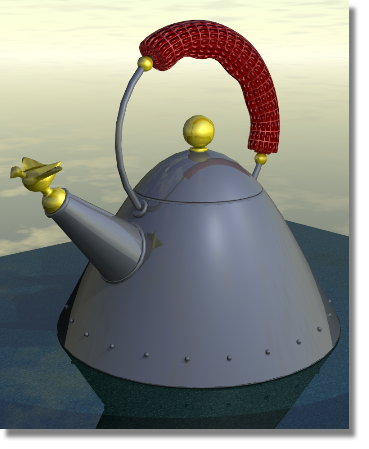
The sky texture is reflected in the entire scene, including the teakettle and the tabletop. The reflection of the grip is visible in the top of the teakettle, and the reflection of the teakettle is visible in the tabletop.
Adjusting the reflectivity of surfaces
In some cases, you may prefer to limit the amount of reflection that occurs on a surface. Next, you will change the reflectivity of the teakettle and the color on the teakettle.
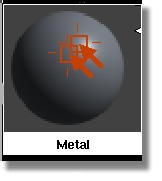
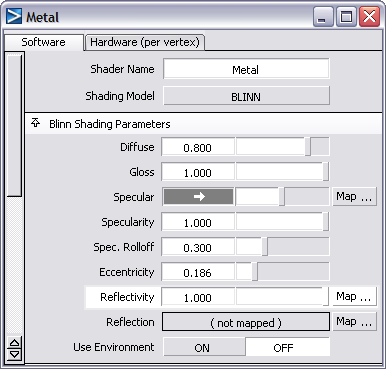
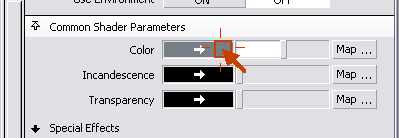
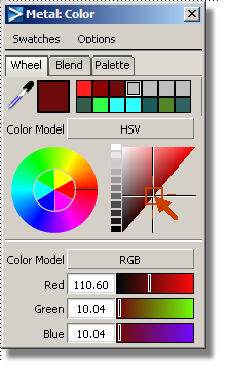
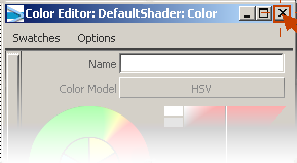

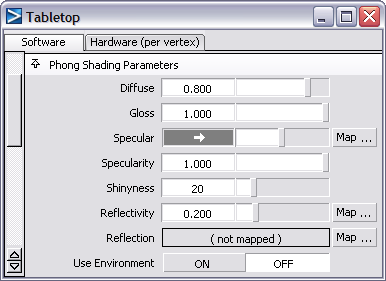
The File Browser opens to the pix directory of the Lessons project.
The File Browser closes and the render begins.

The teakettle is red, as opposed to gray. The reflectivity of the teakettle in the new render is very high, like a perfect mirror. The tabletop is not as reflective as it was in the previous render.